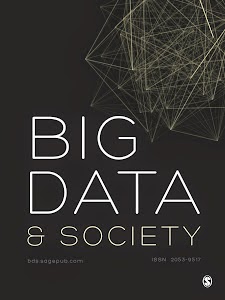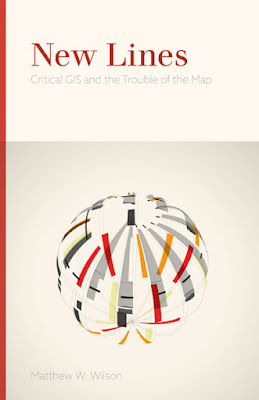Big Data, social physics and spatial analysis: the early years
I'm honored to now have a forthcoming manuscript with Trevor Barnes in Big Data & Society, shedding some light on my archival work associated with the Harvard Laboratory for Computer Graphics. A preprint is available here.
Barnes, Trevor J. and Matthew W. Wilson. Forthcoming. Big Data, social physics and spatial analysis: the early years. Big Data & Society.
Excerpt from introduction:
It is easy to think that Big Data has no history, that the clouds parted and Big Data appeared. That is the sense in Chris Anderson’s (2008) well-known account in Wired Magazine. For Anderson the past is severed from the present. Nothing that occurred in the past constrains what will occur in the future. That is why history is irrelevant. The past is ignored because nothing should hamper or limit what is to come. It is a classic modernist move. In this case, only the bright and uncluttered future of Big Data matters (Barnes 2013; Wilson forthcoming).
Rather than focus on the future, our paper is about the past. William Faulkner (1994, 73) famously said, “the past is never dead. It’s not even past.” For Faulkner past and future are inextricably joined. We cannot escape history because the past never fully passes. Instead, we always carry the burden of the past into the future. The purpose of our paper is to unpack some of Big Data’s historical burden. Its past is not a unified whole, however, a single complete history. It is much looser, fragmented, multiple, set in relation to many different historical processes (Jacobs 2009).
Consequently, Big Data’s past is complicated and fraught. [...]
Barnes, Trevor J. and Matthew W. Wilson. Forthcoming. Big Data, social physics and spatial analysis: the early years. Big Data & Society.
Excerpt from introduction:
It is easy to think that Big Data has no history, that the clouds parted and Big Data appeared. That is the sense in Chris Anderson’s (2008) well-known account in Wired Magazine. For Anderson the past is severed from the present. Nothing that occurred in the past constrains what will occur in the future. That is why history is irrelevant. The past is ignored because nothing should hamper or limit what is to come. It is a classic modernist move. In this case, only the bright and uncluttered future of Big Data matters (Barnes 2013; Wilson forthcoming).
Rather than focus on the future, our paper is about the past. William Faulkner (1994, 73) famously said, “the past is never dead. It’s not even past.” For Faulkner past and future are inextricably joined. We cannot escape history because the past never fully passes. Instead, we always carry the burden of the past into the future. The purpose of our paper is to unpack some of Big Data’s historical burden. Its past is not a unified whole, however, a single complete history. It is much looser, fragmented, multiple, set in relation to many different historical processes (Jacobs 2009).
Consequently, Big Data’s past is complicated and fraught. [...]



Comments
Post a Comment